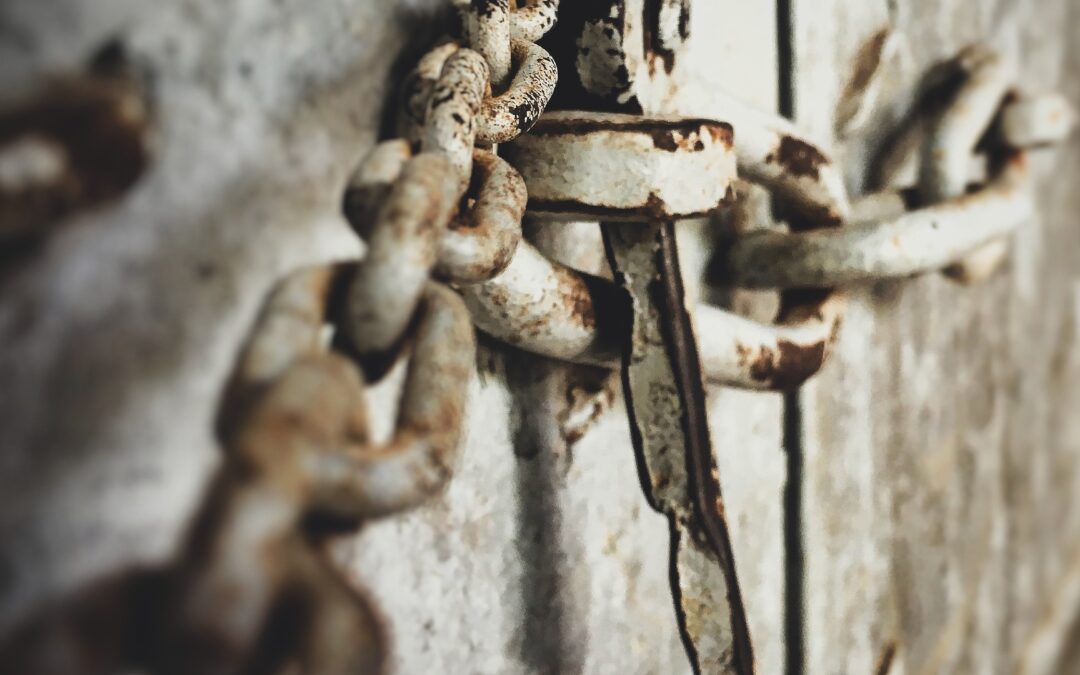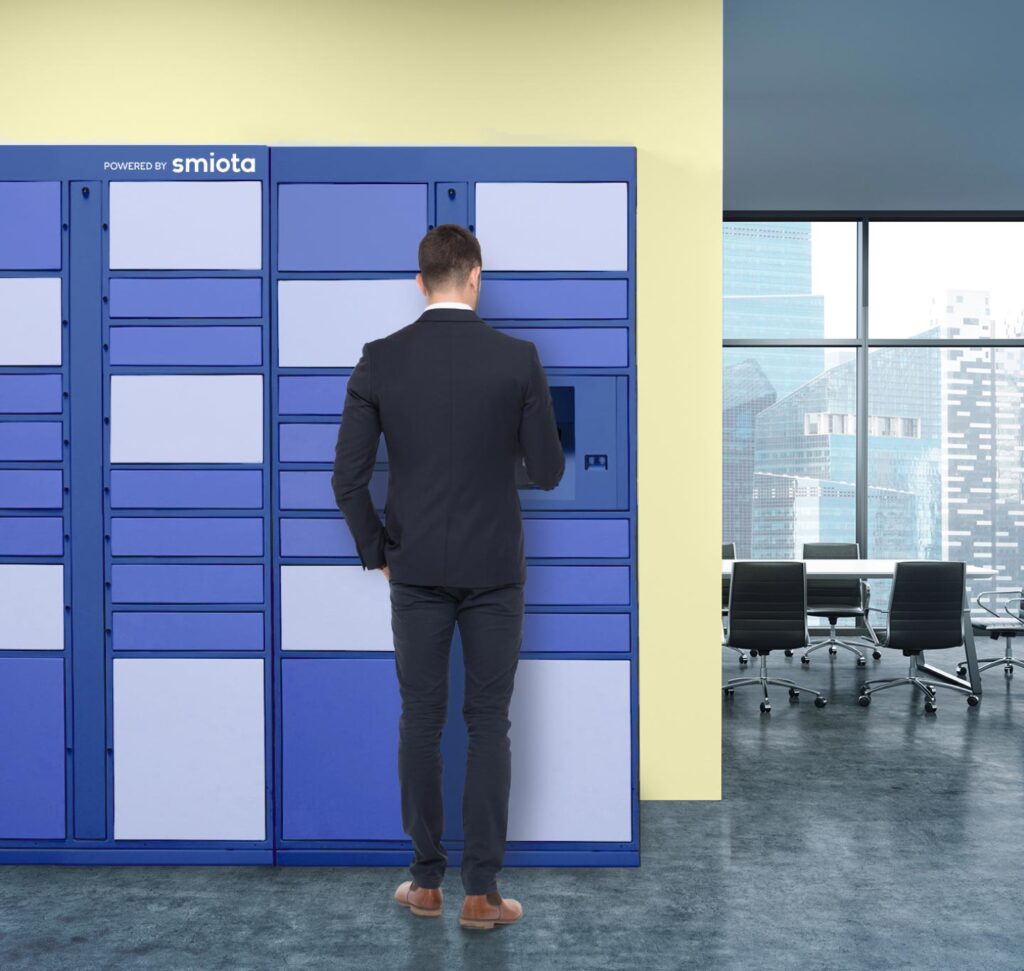Welcome to a brief history of package lockers and smart lockers!
In order to move into the future with efficiency and sustainability, it’s important to understand the past. Today we’re going to look at a brief history of this practice and industry. In doing so, leading professionals can tackle future possibilities. Lockers are a big part of many professional settings. Smart lockers are revolutionizing that today, and we’ll look at why that is.
How Old Are Lockers?
So, just how old are lockers exactly? Obviously, humans store precious items in various locations for time immemorial. Tucked into cave corners, burrowed into tree roots, eventually, we used organic materials such as plants, clay, and stone to create early versions of “storing” things. If you think about it, our brains and communities really depend on the nooks and crannies of storage for safe transfer and ongoing security. There have been different tactics and approaches to this based on the resources available, but it continues to define our homes and cities.
But let’s talk about lockers. Lockers specifically depend on locks, of course. The first lock that archeologists know of is possibly 4,000 years old. The large lock is made of wood, and specialists excavated it from the ruins of the palace of Khorsabad. For those history buffs among us, the ruins of the palace are near Nineveh, in the ancient capital of Assyria. In the English language, we call this region of the planet the “Middle East” or “Near East”. Lock experts call this ancient lock the “pin-tumbler” type of lock.
Locks have been used for many various reasons through time. Some have torturously trapped human beings and animals. Some have protected scrolls, crown jewels, and even sacred seeds. Our species’ reasons for using locks and their lockers are as diverse and conflicting as we are, ourselves. A history of lockers is also a history of humanity. Good thing we’re going to keep it brief today.
Smart Lockers – An Exciting Invention
We’ve come a long way from the wooden locks of the ancient bed of civilization. Today, most people have access and have used lockers at some point in their lives. This usage takes place in schools, community centers, religious spaces, warehouses, workshops, climbing gyms, and libraries to name just a few examples.
As we undergo evolving technological revolutions, our locker systems have changed too. This is where smart lockers come in – a newer approach to item storage that combines evolutionary needs with smart technology to further advance our approach to life. For those dwelling in urban areas, especially more affluent neighborhoods, smart lockers are already a fully integrated aspect of life. People use smart lockers when buying and picking up items. They use them in multi-unit family dwellings. Many businesses rely on smart lockers to share valuable or confidential items.
Why are they gaining in popularity, you may ask? Well, the reasons why smart lockers are more appealing than traditional locker systems are many-fold. Of particular interest to most customers, clients, and businesses are their added security, efficiency, and customizability. Whether you are on a college campus or at a penitentiary, smart lockers are malleable to various needs and desires. Professionals managing space can determine the locker size, color, shape, and more. With the upgraded technology, staff labor is reduced and customer wait time is vastly improved. There are compelling reasons why they’re becoming an ever more prominent part of our shared spaces. We’ll be seeing them more and more as history unfolds.
What Does The Future Hold For Lockers?
The future is a difficult thing to predict. This is fresh in everyone’s mind given the way our lives have changed in the wake of the Coronavirus pandemic. So without lapsing into assumptions or ill-fated expectations, we can make educated guesses about what awaits us on the horizon. We can anticipate how lockers, and especially smart lockers, might move into the future. Most reliable projections point towards further disruption and unpredictability.
The biggest factor with all this in mind? Smart lockers’ adaptability. When it comes to the future, it is critical that we invest in smart systems and upgrades that have a real impact on those who depend on them. Smart lockers make things accessible: prescriptions, IT rental, library books, and food distribution. They add security to the dreaded “last mile problem”, and they snuff out the plans of lurking porch pirates. Whatever the future holds, smart lockers are the next step in the history of humanity safely delivering and storing their precious items as needed.





